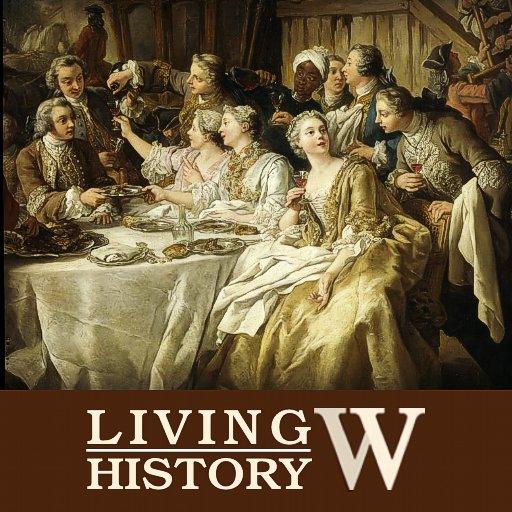Hello Cheries,
In the past few months, I received several questions about how to dress and what accessories to be adorned in when it comes to the Edwardian Period. I'll be taking the time so explore some of the biggest era's in the Royal Court's of Second Life history. Today, we're going to focus on the Edwardian Period. Depending how the posts do, If there is interest's, I'll be looking at the late Victorian dress codes, Regency/Empire dress code, and the 18th century dress codes. But as said, today will be on the Edwardian Era.
The ladies of the edwardian era were ever bit as strict, as any other era pre world war one. The edwardian saw an embrace in classical, more natural makes up. Eyeliner was NOT worn, lipsticks were of a faded light color, nothing heavy. Lipsticks usually toned in pinks, and red, lightly applied. Makeup at the time was meant to embrace and highly one's natural beauty, not replace it. Only performers, or women who were night walkers, wore heavy makeup.
Hair is a tough one. It varied depending on the country. Girls who were not presented into society (girls were introduced into society from around 16 to 18 of age), had their hair loose, swept back neatly, but hair fell past the shoulders. But once girls were presented, they were considered ladies, and their hair was elaborate, in upheld hair styles. It was swept up, and needed to be neat.
Jewelry was a major impact to any lady's closet. In the mornings and afternoons, the choice of jewelry was strict. It was either gold, or silver, or with pearls. Diamonds or other stones were never worn before the evenings, unless it was a brooch, bracelet or very small and part of the simpler necklaces. Rings and bracelets are allowed to carry stones. Tiaras were never worn in a day attire, unless specifically required (such as court). But as the day gave way to evening, diamonds and other stones may be worn, with hair decorations (aigrette). Brooches, necklaces were worn, but it was considered good taste to have coordinating pieces that matched, usually diamonds with one other stone. However, if one was attending an evening event, court, or the opera, Tiara is a MUST, with layers of necklaces, and perhaps a longer necklace that extended below the breast area, down to the waist. Brooches, stomachers, and bracelets were a must. A woman in society was required to have at the very least, two tiaras, several pearl necklaces, two parures, and basic jewelry.
As for the fashion, for girls (before presentations) their dresses extended below their knee's and showed their shoes, socks, or boots. But for ladies, gowns reached the floor, in elegant, Regency/Empire inspired manner, with sweeps or swags. Generally, morning to afternoon attire was pastels, and worn with hats. You ALWAYS wore a hat. In the evenings, you were free to wear any color, and the hats were replaced with aigrettes or a tiara. Gloves were always a must.
I hope this helps!
updated by @countess-shuvalova: 06 Oct 2016 06:35:14AM


